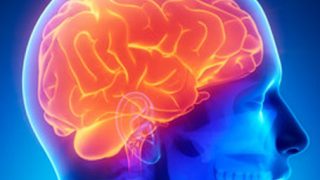
Phonology and the brain: it’s all in the features.
…and the vision that was planted in my brain still remains, within the sound of silence. (Simon and Garfunkel, The sound of silence 1964) Sound is made of waves. One fundamental trick of speech is that it surfs those waves by slicing them up into discrete bits. Recently, Mesgarani et al. (2014) (see also ) […]








